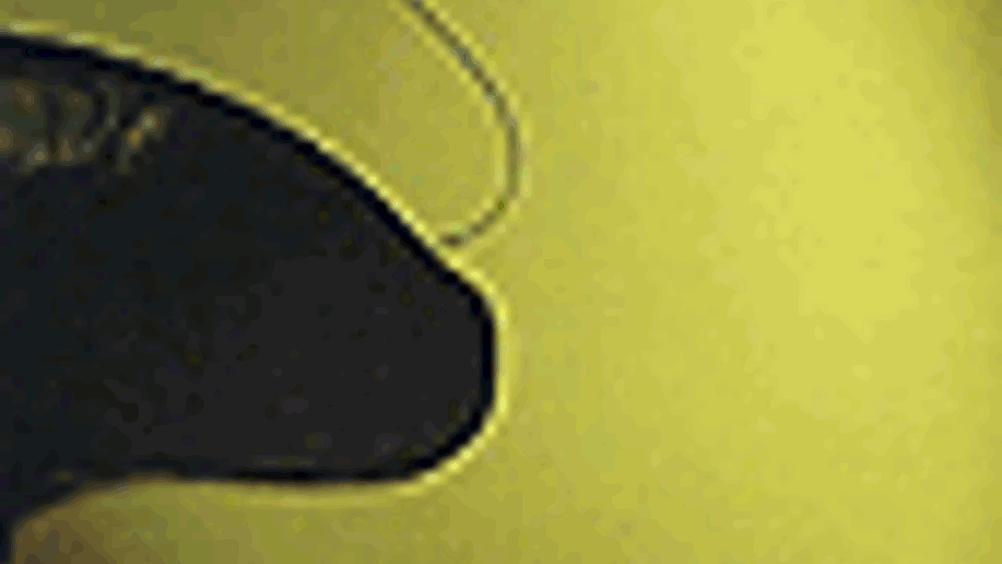Carbon fibre makes discount displays
Cornell researchers are replacing silicon components in microelectromechanical systems with carbon fibre, which is stronger and more flexible and could be used in video devices.

researchers are replacing silicon components in microelectromechanical systems (MEMS) with carbon fibre, which is stronger and more flexible and could be used in video devices.
For decades, researchers have been trying to make video displays using tiny mirrors mounted on silicon oscillators, but silicon cannot oscillate fast enough or bend far enough.
Shahyaan Desai, a Cornell graduate student who has been to create a practical MEMS video display device, decided to try carbon fibre, which is twice as stiff as silicon but 10 times more flexible.
Desai first showed that micrometre-scale carbon fibres can bend like tiny fishing rods by more than 90 degrees and can be made to vibrate billions of times without breaking down.
He then built an optical scanner consisting of a tiny rectangular mirror measuring 400 by 500 microns, supported by two carbon-fibre hinges about 55 microns across. Made to oscillate at 2.5kHz, the tiny mirror caused a laser beam to scan across a range of up to 180 degrees, corresponding to a 90-degree bend by the carbon fibres.
Register now to continue reading
Thanks for visiting The Engineer. You’ve now reached your monthly limit of news stories. Register for free to unlock unlimited access to all of our news coverage, as well as premium content including opinion, in-depth features and special reports.
Benefits of registering
-
In-depth insights and coverage of key emerging trends
-
Unrestricted access to special reports throughout the year
-
Daily technology news delivered straight to your inbox










UK Enters ‘Golden Age of Nuclear’
The delay (nearly 8 years) in getting approval for the Rolls-Royce SMR is most worrying. Signifies a torpid and expensive system that is quite onerous...